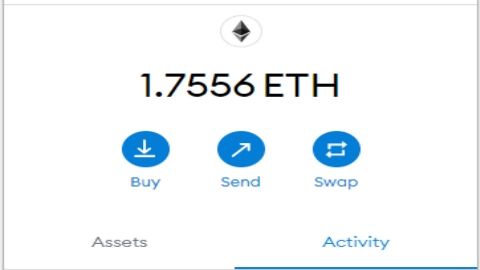ether (ETH) hit a local high of $3,280 on Feb. 10, marking a 51.5% recovery from the cycle low of $2,160 on Jan. 24. This price was the lowest in 6 months and partly explains why the main indicator of sentiment for derivatives traders plunged to bearish levels.
The annualized premium, or basis, of the Ether futures contract hit 2.5% on Feb. 25, reflecting a bearish bias despite the 11% rally to $2,700. The worsening of conditions shows the doubts of investors regarding the change of the Ethereum network to a proof-of-stake (POS) mechanism.
According to Cointelegraph, the long-awaited sharding upgrade that would significantly increase processing capacity should come into effect in late 2022 or early 2023.
Analyzing Ether’s performance from a longer-term perspective provides a more appealing sentiment because the cryptocurrency is currently 45% below its all-time high of $4,870.
Furthermore, the adjusted total value locked (TVL) of the Ethereum network has maintained a fair value of 42.8 million Ether despite the price correction.
As shown above, the network’s TVL increased by 16.5% in three months, reflecting the growth of the decentralized finance (DeFi) and non-fungible token (NFT) markets.
However, due to network upgrade delays and worsening global macro conditions, professional traders are feeling frustrated and anxious, a sentiment reflected in multiple derivatives metrics.
Ether futures hit their lowest level in 7 months
Quarterly futures are often avoided by retail traders due to their fixed settlement date and price difference from spot markets. However, the biggest advantage of contracts is the lack of a fluctuating funding rate, hence the prevalence of arbitrage desks and professional traders.
These fixed-month contracts typically trade at a slight premium in the spot markets because sellers ask for more money to hold the settlement longer. This situation is technically defined as “contango” and is not exclusive to crypto markets.

Futures should trade at a 5% to 15% annualized premium in healthy markets. However, as shown above, Ether’s annualized premium has decreased from 20% on October 21 to a meager 2.5%.
Although the base indicator remains positive, it reached the lowest level in seven months. The drop to $2,300 on Feb 24 caused bearish sentiment to prevail, and not even today’s 10% rally was enough to turn the tables.
Currently, the data shows little sign that the bulls are ready to take back control. The Ether futures premium would have turned positive after such a rally if this were the case.
The views and opinions expressed herein are solely those of the Author and do not necessarily reflect the views of Cointelegraph.com. Every investment and trading move involves risk, you should do your own research when making a decision.
Investments in crypto assets are not regulated. They may not be suitable for retail investors and the full amount invested may be lost. The services or products offered are not aimed at or accessible to investors in Spain.
